How An Irish Name Becomes an English Name
We take just one Irish saintly example to show how old Irish names were "translated" into English. It might surprise you to realise the "methodology" used in coming up with an appropriate anglicisation for old Irish Names.
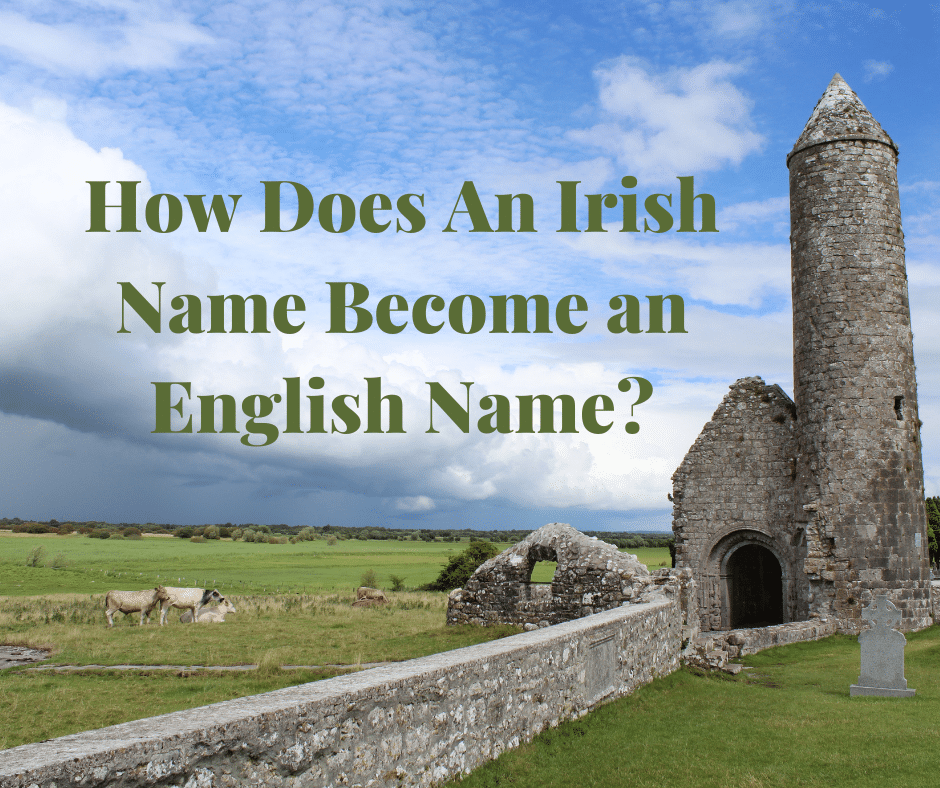
Many readers often ask about the origin of an Irish first name in their family tree. Sometimes, it’s an unlikely Irish name such as “Jeremiah” – or sometimes a rare name such as “Gobnait”. It’s no secret that many of our shared Irish roman catholic ancestors borrowed names from the saints and angels of the bible (think of all those Johns, Marys, Michaels and Johanna’s) – but many were also given a name to honour a Irish saint of their locality. Today, we’ll look at just one example of naming after a local Irish saint.
The saint in question celebrates her feast day this coming week on February 11 and is called “Saint Gobnait”. However, in true Irish style, as well as Gobnait she is also called “Abigail” or “Deborah”. You might ask, how can that be? For one person to have three seemingly unconnected names? Stay with me and I’ll reveal at the end of the letter how we managed – in true Irish style – to assign three names to the one person. But first we’ll chat about the life and legacy of Saint Gobnait.
The Making of An Irish Saint.
Gobnait (which is an ancient Irish name meaning “bringer of joy” and pronounced “gub-nat”) was born in what is now County Clare sometime during the fifth century. While still a teen, she developed the reputation of a holy person and ran away from home to Inisheer – the middle of the Aran islands. The lore says that an angel told her that this island was not to be her final place of settlement – but to keep traveling until she came across nine white deer grazing on a meadow. That was to be the place where she was to build her abbey.
The prophecy came to pass when she came across those deer in a wood outside the modern town of Ballyvourney, county Cork. Here she founded a convent with herself as abbess. Gobnait lived the rest of her life in the area and there is still a building and holy well on the site known as Saint Gobnait’s House and well. Gobnait had a special affinity with bees and bee-keeping and is believed to have used honey as part of her healing among the local population. Today she is established in the church as the patron saint of Bees.
If you go to Saint Gobnait’s well on February 11 each year, you will come across many locals doing the “pattern” or “turas” in honour of the saint. This involves moving in a clockwise direction around the house while marking a large stone with the sign of a cross at various stations/stops – all while reciting particular prayers at each stop. This ritual was practiced by many of our shared Irish ancestors over the centuries as they honoured the local saint of their own area.
I do encourage you to attend such a pattern day (the word pattern being a corruption of the word “patron”) for yourself if you happen to be in Ireland in the right location for such an event. You will be witnessing a ritual that probably goes back to pre-christian times in the area.
What About Those Three Names?
Back to the names “Gobnait” and “Abigail” and “Deborah” – how are they connected? Well, when the island of Ireland mainly spoke Irish, the name Gobnait was found in many areas associated with the saint across Cork, Kerry and Galway. However, as English became the dominant language across much of the island – an appropriate translation was needed for many of our Irish names. As we mentioned, the bible was the first point of reference for appropriate equivalents of old Irish names.
The biblical name of Abigail means “bringer of joy” which has the same meaning as the Irish “Gobnait”. So, the name Abigail was considered an appropriate English translation for the Irish name Gobnait. On the other hand, Saint Gobnait had a strong affinity with bees and the biblical name “Deborah” literally means “bee”. So, it seemed appropriate to some that Deborah might be a very nice indirect translation of Gobnait into English. By the way, there were no committees deciding just how to translate Irish names, it was more a question of local custom and taste.
If you look at the Irish census of 1901 you will discover quite a few Deborahs, some sprinkled across County Cork. But look for “Abigail” or more usually the shortened version of “Abbey” and you will find many in County Cork – often around the parts of the county associated with Saint Gobnait. So, Abbey seems to have won out against Debbie as the English translation of choice for Gobnait.
However, the little town of Ballyvourney which is close to the site of Saint Gobnait’s house remains an Irish-speaking area to this day. Go to that village and you will still find plenty of girls and women proudly wearing the name of their local saint – Gobnait!
That’s it for this week. As always do feel free to share the names and stories from your own Irish family tree.
Slán until next week,
Mike.

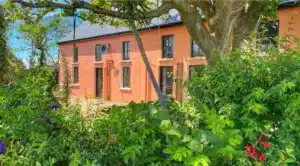
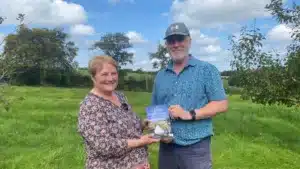

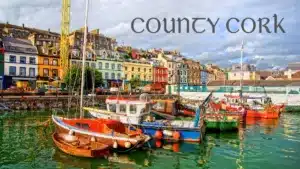

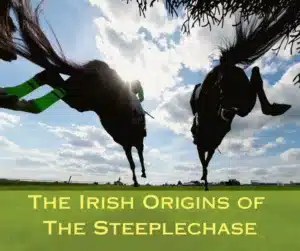
Only Plus Members can comment - Join Now
If you already have an account sign in here.